Environmental
We have long been committed to providing the energy efficient equipment, logistics and progressive ways of working to aid the construction industry in its quest for a net zero carbon built environment.
In line with the UK Government’s commitment to achieve zero net carbon by 2050, we are focused on significantly reducing carbon emissions within our business and throughout the supply chain.
Net zero carbon before 2050
Reduced carbon emissions from approximately 11 tonnes in 2015 to 5.00 tonnes in FY2021 (on a per capita basis).
At Speedy we recognise the part we play in supporting a transition to a zero-carbon world. As part of our commitment to significantly reduce our carbon emissions, in FY2022 we will set science-based targets to achieve net zero emissions before 2050.
A science-based target (SBT) provides a clearly defined pathway for Speedy to reduce its greenhouse gas emissions, in line with the Paris Agreement to limit climate warming by 1.5 °C by 2050, thereby helping to prevent the impacts of climate change and ensuring sustainable business growth. Our SBT will be verified by the Science Based Targets Initiative and will be published over the coming year.
Recycling and waste reduction
We reduce our waste generation through utilising the waste hierarchy of prevention, reduction, recycling and re-use for our key waste streams such as cardboard, wood, metal, plastic, paper, waste oils, and food waste. We work with our suppliers to reduce or, in some cases, eliminate packaging which would otherwise be passed on to us to dispose of. We are also reducing our paper use across the Service Centre network through the introduction of electronic PDAs and transacting electronically. We also encourage customers to use the MySpeedy App for paperless transactions.
We participate in the circular economy, working with our suppliers to desiign out waste and pollution and keep products and materials in use thus reducing resource use, increasing reuse minimising waste disposal. Examples of circular economy approaches include:
- By segregating at source, hard plastics such as barriers, pump action bottles and damaged bowsers have been removed from our DMR (Dry Mixed Recycling) waste stream and are pelletised and sold on as a commodity, in partnership with our suppliers.
- Air filter cleaning enables us to wash and then reuse filters up to three times.
We are also committed to water conservation, working with suppliers to reduce water consumption throughout the business, and are planning to implement measures to accurately measure and report our water consumption to establish a water baseline and therefore set water reduction targets.
Sustainable products and services
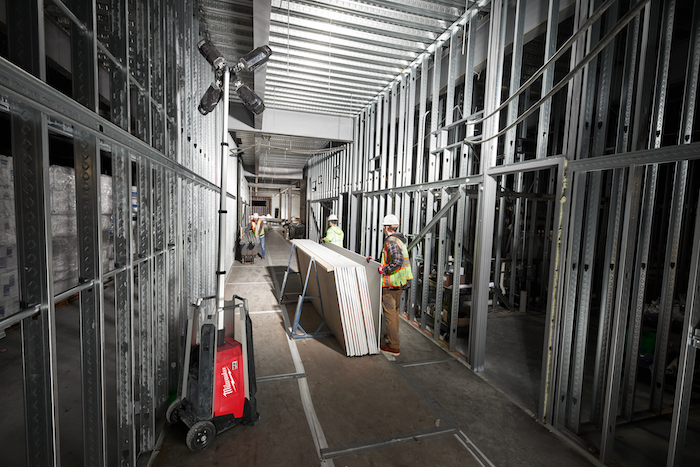
£2.8 million investment in lighting fleet to boost our low emission offering, which now includes 300 solar-powered lighting towers.
As a key supplier to the sector, we have long recognised the significant role we play in creating a greener supply chain.
Like us, many of our major national and regional customers have committed to the United Nations Sustainability Development Goals 2030 (UNSDG’s) and there is an increasing demand for energy efficient equipment. We are working with our supply chain to develop new cordless, hybrid, solar and hydrogen technologies to meet these needs, along with providing renewable fuel to minimise pollution.

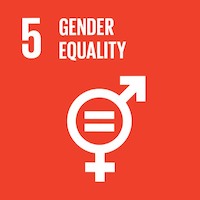
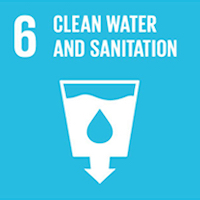
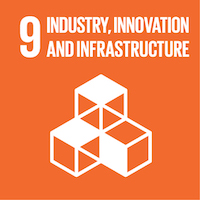
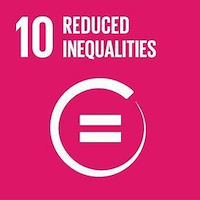
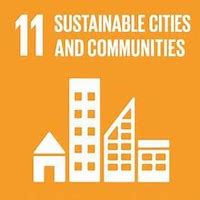
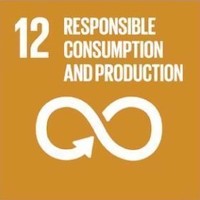

GALLIFORD TRY BYPASS EMISSIONS CASE STUDY
We partnered with Galliford Try Infrastructure to provide an environmentally friendly temporary power solution to a major highway improvement scheme in Leicester. Teaming up with hybrid power specialists Off-Grid Energy, we provided a bespoke site power solution utilising two diesel generators each linked to a hybrid unit, to reduce fuel consumption and CO2 emissions.
Siemens Digital App Case Study.pdf
Siemens_Digital App_case study_FinalDraft.pdf
Green HVO Fuel
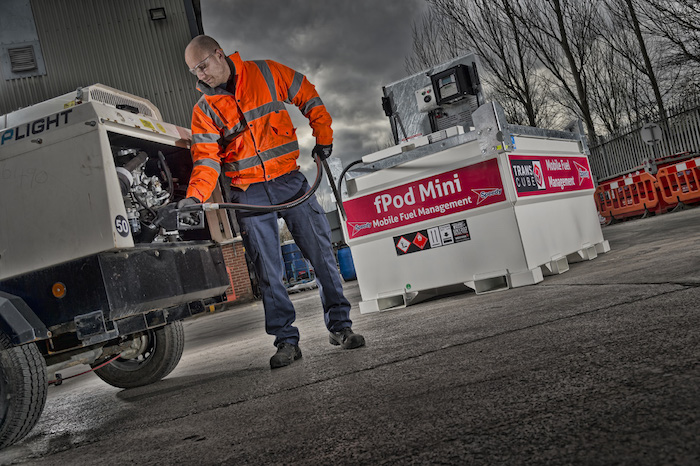
We invest in biofuels and mobile fuel stations to support customers in reducing on-site carbon emissions.
HVO D+ fuel provided by Speedy is our standard low emission fuel. A FAME-free and fossil-free environmentally-friendly alternative to mineral diesel. Learn more about how we can help customers drive down fuel emissions here.
Hailing the first electric taxi delivery van
During August 2020 we partnered with The London Electric Vehicle Company (LEVC) to trial the first electric taxi delivery van to be used in the construction industry. The prototype vehicle, which is based on LEVC’s VN5 and TX Taxi models, delivers a range of products to customers at sites across London, from power tools and safety equipment to generators and concrete mixers.
Sustainable transport and logistics
We aim to lead the industry in running a low carbon fleet, with a target of ensuring that the majority of our company car vehicles are electric or hybrid by 2026. This commitment will play a key role in meeting our own carbon reduction targets, and our commitment to our customers as a key part of their supply chain.
Carnell partner with Speedy
During the year, Speedy worked with highways maintenance contractor Carnell to trial Speedy HVO D+ fuel, to power lighting equipment and the site compound for a Highways England central reserve barrier upgrade project on the M6. The scheme, which spans six kilometres between junction 42 and 43, used almost 7,000 litres of the renewable fuel between October 2020 and March 2021, emitting just 0.25 tonnes of CO2 compared to the 17.73 tonnes expected from standard diesel – the equivalent of three average cars running for a year.
Our company car list now consists almost entirely of Ultra Low Emission Vehicles (ULEVs), up from 20% last year. We have a fleet of 450 company cars and estimate future savings of up to 260 tonnes of CO2 annually from replacing diesel and petrol models. Our aim is for our company car fleet to be 100% hybrid/electric by 2025. To support the transition we are also rolling out electric vehicle charging points across our UK Regional Service Centre network.
Download the ESG Brochure to learn more about our commitment to minimising our environmental impact.